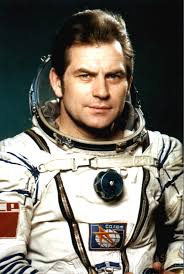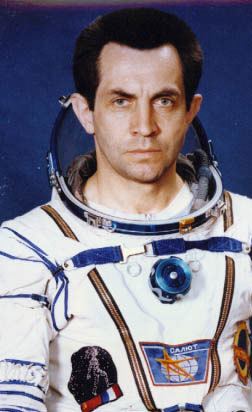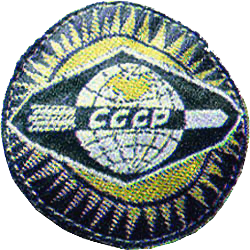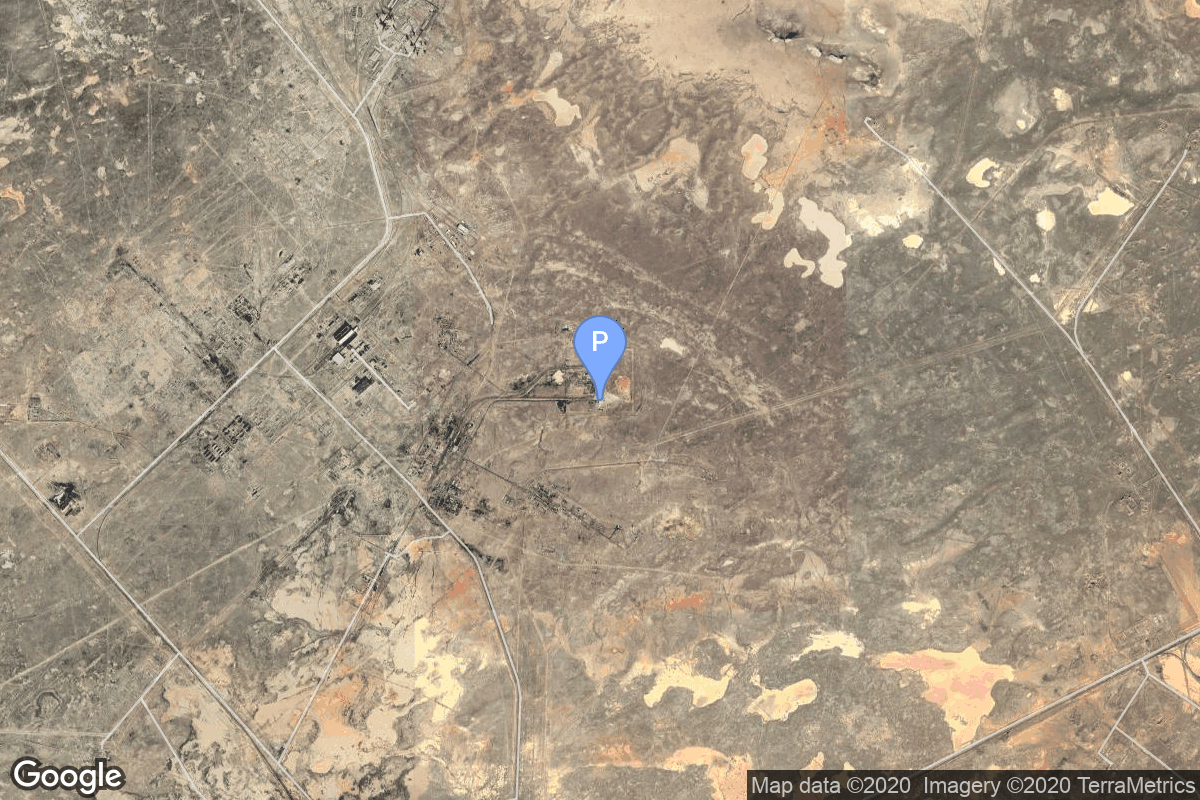Soyuz 29
Soyuz-U
Soviet Space Program
Crew

Vladimir Kovalyonok
- Birthday: 03/03/1943
- Role: Commander
- Nationality: Russian
- First Flight: 10/09/1977
- Last Flight: 03/12/1981
Vladimir Vasiliyevich Kovalyonok (Belarusian: Уладзі́мір Васі́льевіч Кавалёнак; Russian: Влади́мир Васи́льевич Ковалёнок; born March 3, 1942 in Beloye, Minsk Oblast, Belorussian SSR, is a retired Soviet cosmonaut.
He entered the Soviet space programme on July 5, 1967 and was commander of three missions. He retired from the cosmonaut team on June 23, 1984.

Aleksandr Ivanchenkov
- Birthday: 09/28/1940
- Role: Flight Engineer
- Nationality: Russian
- First Flight: 06/15/1978
- Last Flight: 06/24/1982
Aleksandr Sergeyevich Ivanchenkov (Russian: Алекса́ндр Серге́евич Иванче́нков; born 28 September 1940 ) is a retired Soviet cosmonaut who flew as Flight Engineer on Soyuz 29 and Soyuz T-6, he spent 147 days, 12 hours and 37 minutes in space.
Mission
Soyuz 29
- Type: Human Exploration
- Orbit: Low Earth Orbit
Soyuz 29 was the fourth mission to visit the Salyut 6 space station and carried the the EO-2 expedition, which was the second long-duration crew for the station. The mission began on June 15, 1978, 20:16:45 UTC, launching Commander Vladimir Kovalyonok and Flight Engineer Aleksandr Ivanchenkov into orbit. They docked with the station the next day. During their 136-day stay on the station, EO-2 crew conducted various scientific experiments, performed an EVA and were visited by three uncrewed Progress cargo spacecrafts and two visiting crews, Soyuz 30 and Soyuz 31. EO-2 crew swapped the vehicles with the Soyuz 31 crew, and returned to Earth in Soyuz 31 spacecraft.
The mission concluded with a safe landing back on Earth on November 2, 1978, 11:05:00 UTC.
Location
Rocket
Agency
Soviet Space Program
The Soviet space program, was the national space program of the Union of Soviet Socialist Republics (USSR) actived from 1930s until disintegration of the Soviet Union in 1991.
The Soviet Union’s space program was mainly based on the cosmonautic exploration of space and the development of the expandable launch vehicles, which had been split between many design bureaus competing against each other. Over its 60-years of history, the Russian program was responsible for a number of pioneering feats and accomplishments in the human space flight, including the first intercontinental ballistic missile (R-7), first satellite (Sputnik 1), first animal in Earth orbit (the dog Laika on Sputnik 2), first human in space and Earth orbit (cosmonaut Yuri Gagarin on Vostok 1), first woman in space and Earth orbit (cosmonaut Valentina Tereshkova on Vostok 6), first spacewalk (cosmonaut Alexei Leonov on Voskhod 2), first Moon impact (Luna 2), first image of the far side of the Moon (Luna 3) and unmanned lunar soft landing (Luna 9), first space rover (Lunokhod 1), first sample of lunar soil automatically extracted and brought to Earth (Luna 16), and first space station (Salyut 1). Further notable records included the first interplanetary probes: Venera 1 and Mars 1 to fly by Venus and Mars, respectively, Venera 3 and Mars 2 to impact the respective planet surface, and Venera 7 and Mars 3 to make soft landings on these planets.



